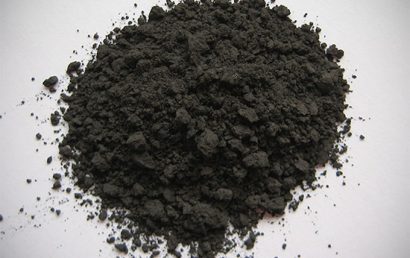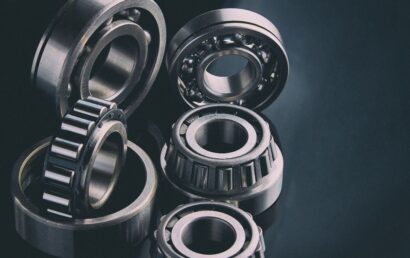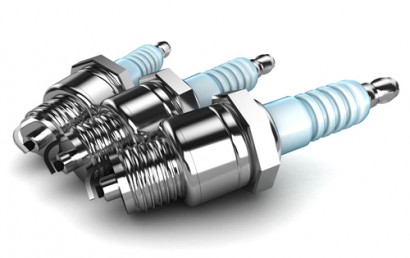Improving Sintered Iron-Based Materials Via Pore Reduction
Particularly in the automotive industry, the application of powder metallurgy produced parts is huge. Unfortunately, these parts can be plagued by the problem of crack propagation due to the presence of pores. The problem can, however, be addressed through various process and alloying techniques. Numerous powder mix composition and experimental conditions were used in research which led to the discovery that sintered iron materials could be improved to solve the problem.
Alloys of MoS2, lead, tin, copper, and iron were used in the testing. Sintering conditions consisted of an atmosphere of dry hydrogen, a 50-minute holding time, and sintering temperatures of 800 to 900°C. The sintered density was 6.5 to 6.9 g/cm3.
Long story short – by adding alloying elements, increasing the density, reducing pore size, and other operations, the improvement of sintered powder metallurgy alloy properties can be accomplished.
Understanding Sintered Iron: What Is Sintering?
Before we go any further, let’s take a look at sintering itself. It is defined as “making a coalesce (a powdered material) into a porous or solid mass through heating but short of liquification and without compressing it).”
Very simply put, the process of metal sintering consists of three basic steps: blending, compaction, and sintering.
Within the furnace, a controlled atmosphere must exist. The following are used for control:
- An endothermic gas atmosphere
- Disassociated ammonia
- Vacuum
- A hydrogen atmosphere
- A nitrogen-hydrogen atmosphere
PM – Powdered Metal
PM (powdered metal) iron-based alloys, in the last decades, have been used extensively in mechanical components as structural parts. The following reasons are why they are so popular:
- Corrosion resistance
- Good magnetic properties
- Flexibility of manufacturing
- High-performance
- Low cost
- Good balance between tensile strength and ductility
As a result, PM components, in many engineering applications, have emerged as an effective alternative for forgings, castings, and the replacement of machined parts. That said, there is still a demand for continued efforts to obtain the optimum properties combination that can stand up to multiple service conditions.
Achieving Desirable Results
With iron-based sintered materials, there are a handful of ways to achieve strength properties considered more desirable. The following are the most essential parameters of influence:
- Heat treating conditions
- Alloying elements
- Sintering conditions
- Density
With respect to sintered structural parts’ physical properties, density is of prime importance. Within the closest possible limits, the perimeters mentioned above must be controlled. The reason is that the sintered part’s dimensional stability could be spoiled due to, during sintering, a wide scatter of dimensional changes that would be considered unacceptable. These changes could be caused by even the smallest variations. Fatigue strength and tensile strength increase in impact strength, elongation, and approximate linear proportion with sintered density.
At A&A Coatings, for more than 70 years we have been in the business of coating technologies, research, surface protection, and more. We are leaders in the thermal spray industry and have assisted many other industries with our technologies and proven procedures. Even if your application requirements are highly specialized, we can meet any and all of your coating needs.
Call or email us today to find out more about how our thermal spray process can save your company significant money, time, and effort.



